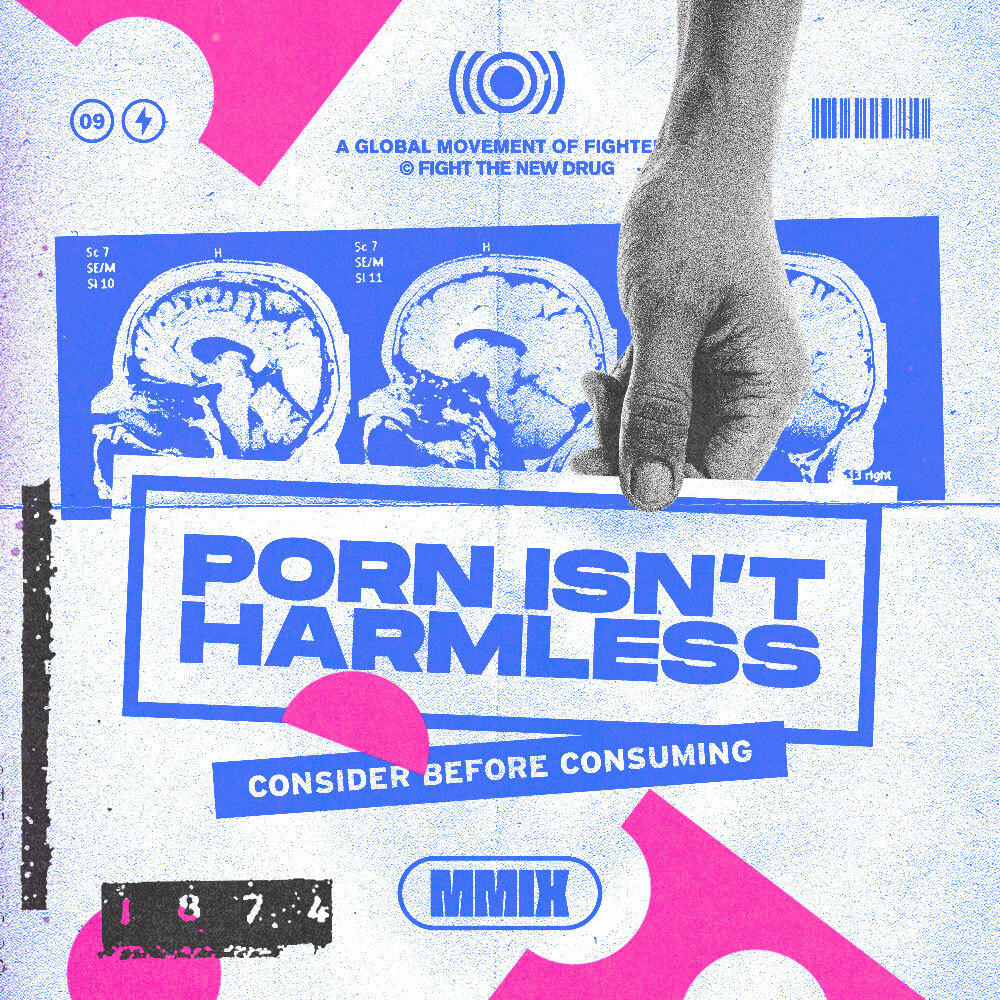Have you noticed that after you watch a TV episode, Netflix suggests other related shows? Every time you click play, Netflix makes a record of your preferences and analyzes your data to curate a playlist of what you might want to watch next.
Streaming services gather your data for insights that influence business and even creative decisions. But there’s one medium that has a competitive advantage over Netflix, Amazon, or Hulu: porn.
Sites like Pornhub have more than 125 million daily visits. That’s more digital traffic than Twitter, Ebay, and Wikipedia. To put this in perspective, Pornhub alone relayed much more content in 2019 than the entirety of the New York Public Library’s 50 million books—imagine if we had read those books instead.
Consider how Pornhub transferred 6,597 petabytes of data in 2019 (one petabyte is 1,024 terabytes). This is an unthinkable amount of data! And that’s just one porn site. All of these data sent to these sites mean porn has a better idea of what people watch online—where they pause, what they replay, comment on or like—than any streaming service.
Related: Report: 93% Of Popular Porn Sites Leak User Data To Google And Facebook
Okay, so porn sites know what people like to watch. What’s the big deal?
The more we learn about how big tech companies operate, we become increasingly aware that an individual’s online data is their currency. But chances are, most of us aren’t sure what we are giving up, when we’re giving it up, or why it matters.
Facebook seems to know enough to write your biography, and yet no one can decide if that’s a good or bad thing. The right to personal privacy is argued, and in regards to porn, there are concerns about how large sites use their data to influence content creation decisions and sexual appetites. Our world worries about Google, but porn is often left out of the conversation.
The data you give
To create a free account on most porn sites, a person must provide their name, date of birth, and gender. Whether or not a consumer puts accurate information is debatable, but sites can still see what browser a person is using, whether they are viewing on a phone or laptop, and finally, a person’s location. If you think private browsing or incognito mode prevents this, think again. Your IP address and other bits about your online identity are still shared.
Professor Kal Raustiala suggested we think about the issue this way:
“Streaming is not just about the distribution of content, it’s also about communication. When you stream a video or listen to a song, you are sending back information that can be measured.”
The goal of a porn tube site is to keep a consumer browsing—watching—for longer. In the past, the nature of porn was enough to make that happen. But now to stay competitive, sites track consumer activity while they browse, watch, rewatch, click, and download. Every action is analyzed and used to the tube’s advantage.
Calling the shots
By understanding what consumers like to watch, tube sites are able to influence video creation.
Aisha Hassan, in a recent Quartz article, described how this happens with a hypothetical scenario of a woman searching a site on the Pornhub network:
“Maybe it’s a woman who likes watching threesomes involving two women and one man. And, as she’s clicking through all the videos in this category on a porn site, the majority of videos she chooses feature lace lingerie. She might stay a bit longer on scenes where the man gets naked first, and pause at similar moments across different videos. Perhaps this user remains the longest on videos where the women keep their clothes on the whole time. All these preferences are tracked by porn sites, and if they’re shared by enough people, videos can be produced that are attuned to these exact tastes—even down to the color of the furniture.”
That’s right, tube sites like Pornhub are now wielding more power in the content creation process. In the name of data and knowing, not guessing, what the consumer wants, porn sites are literally calling the shots.
This tactic is not only used in the porn industry. Netflix has also admitted to using the “algorithm argument,” meaning some important film decisions are made to better serve the streaming service’s algorithm. The idea is, Netflix knows what viewers want to watch and so instead of just suggesting playlists, they are also tailoring what they create to suit those desires.
Related: Digital Fingerprints: How The Porn You Watch May Be Watching You
Nothing is inherently harmful about using data to make better business decisions, but in the case of porn, creating for the algorithm has a huge influence on sexual trends.
Evolution of appetites
If porn sites track the terms consumers search for and then use that data to influence the types of videos created, then that term, curiosity, fetish or fantasy has the power to change our very ideas of sex.
Pornhub’s yearly insights are proof of this idea. There are fetishes that have been around for ages, but Tinder and Fortnite porn, two terms that defined 2018, could never have existed before now.
“Pornhub is the Kinsey Report of our time,” wrote Maureen O’Connor. In other words, the tube sites have drastically altered societal and cultural ideas around sex, and as a result, a person’s sexual life is likely to be directly influenced by explicit videos.
In a business sense, perhaps porn is the “perfect” product. After all, the demand for sex won’t go away—it’s biological and universal. But the way porn portrays sex is pure unattainable and unrealistic fantasy, and often plays on harmful and abusive realities.
Not only that, but it’s worth noting a loving partner is not tailor-made to your desires based on your search history or data preferences. Ultimately, watching isn’t worth it.

Your Support Matters Now More Than Ever
Most kids today are exposed to porn by the age of 12. By the time they’re teenagers, 75% of boys and 70% of girls have already viewed itRobb, M.B., & Mann, S. (2023). Teens and pornography. San Francisco, CA: Common Sense.Copy —often before they’ve had a single healthy conversation about it.
Even more concerning: over half of boys and nearly 40% of girls believe porn is a realistic depiction of sexMartellozzo, E., Monaghan, A., Adler, J. R., Davidson, J., Leyva, R., & Horvath, M. A. H. (2016). “I wasn’t sure it was normal to watch it”: A quantitative and qualitative examination of the impact of online pornography on the values, attitudes, beliefs and behaviours of children and young people. Middlesex University, NSPCC, & Office of the Children’s Commissioner.Copy . And among teens who have seen porn, more than 79% of teens use it to learn how to have sexRobb, M.B., & Mann, S. (2023). Teens and pornography. San Francisco, CA: Common Sense.Copy . That means millions of young people are getting sex ed from violent, degrading content, which becomes their baseline understanding of intimacy. Out of the most popular porn, 33%-88% of videos contain physical aggression and nonconsensual violence-related themesFritz, N., Malic, V., Paul, B., & Zhou, Y. (2020). A descriptive analysis of the types, targets, and relative frequency of aggression in mainstream pornography. Archives of Sexual Behavior, 49(8), 3041-3053. doi:10.1007/s10508-020-01773-0Copy Bridges et al., 2010, “Aggression and Sexual Behavior in Best-Selling Pornography Videos: A Content Analysis,” Violence Against Women.Copy .
From increasing rates of loneliness, depression, and self-doubt, to distorted views of sex, reduced relationship satisfaction, and riskier sexual behavior among teens, porn is impacting individuals, relationships, and society worldwideFight the New Drug. (2024, May). Get the Facts (Series of web articles). Fight the New Drug.Copy .
This is why Fight the New Drug exists—but we can’t do it without you.
Your donation directly fuels the creation of new educational resources, including our awareness-raising videos, podcasts, research-driven articles, engaging school presentations, and digital tools that reach youth where they are: online and in school. It equips individuals, parents, educators, and youth with trustworthy resources to start the conversation.
Will you join us? We’re grateful for whatever you can give—but a recurring donation makes the biggest difference. Every dollar directly supports our vital work, and every individual we reach decreases sexual exploitation. Let’s fight for real love:



